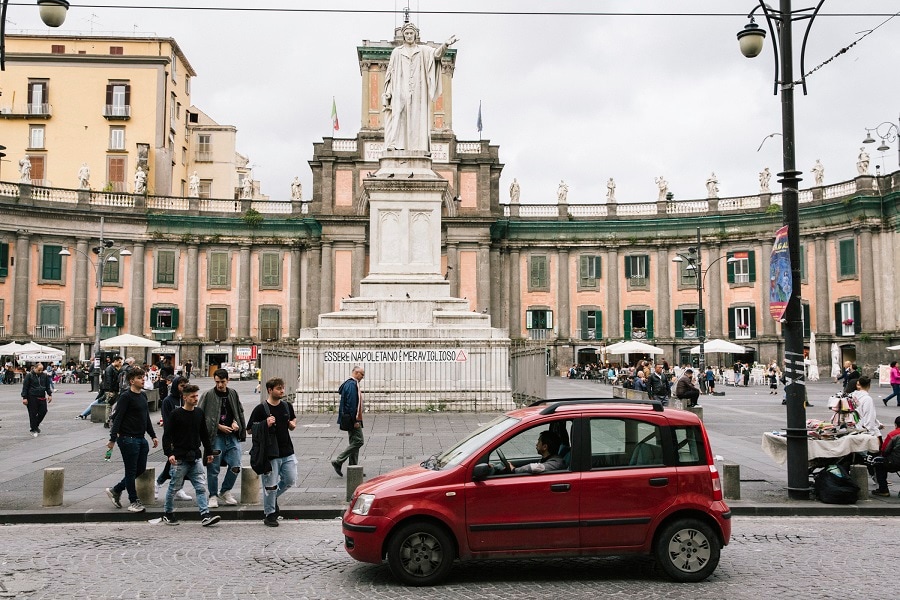
A Fiat Chrysler-Renault merger would put Nissan in a bind
Nissan's management has previously ejected Renault's appeals for a closer partnership. Without Nissan, Fiat Chrysler and Renault would be heavily exposed to the lackluster European economy and would lack significant presence in China, the world's biggest car market
 A Fiat on the streets of Naples, Italy, on May 28th 2019
A Fiat on the streets of Naples, Italy, on May 28th 2019 Image: Gianni Cipriano/The New York Times
When Japanese police surrounded Carlos Ghosn’s Gulfstream jet in November and packed him off to a Tokyo jail, they unwittingly provoked a seismic realignment of the global auto industry.
Ghosn’s sudden fall set off a chain of events that, this month, prompted Renault’s chairman, Jean-Dominique Senard, and John Elkann, the Fiat Chrysler chairman, to jump on their mobile phones and entertain a crazy idea: a deal to create the world’s third-largest automaker, according to two people with knowledge of the discussions. After a flurry of phone calls and meetings between the two men over several weeks, Fiat Chrysler formally asked Renault to merge on Monday.
If the deal goes forward, the combined Renault and Fiat Chrysler would elbow past General Motors in car sales and create a new challenger to Volkswagen and Toyota, the global leaders. And if Fiat Chrysler and Renault can patch up strained relations with Nissan, with which the French company has a formal alliance, the three would be de facto the biggest car manufacturer in the world by a wide margin and might force other large automakers to rethink their strategies.
Whether this industry-changing behemoth ever takes shape, though, may depend on what was likely to be a tense meeting Tuesday, which will continue Wednesday, in Tokyo between Senard and Hiroto Saikawa, the Nissan chief executive.
Without Nissan, Fiat Chrysler and Renault would be a big but far less formidable competitor, heavily exposed to the lackluster European economy and lacking any significant presence in China, which has become the world’s biggest car market.
But Nissan’s management has previously rejected Renault’s appeals for a closer partnership, and even a merger.
©2019 New York Times News Service
 A Renault on the streets of Naples, Italy, on May 28th 2019
A Renault on the streets of Naples, Italy, on May 28th 2019 













